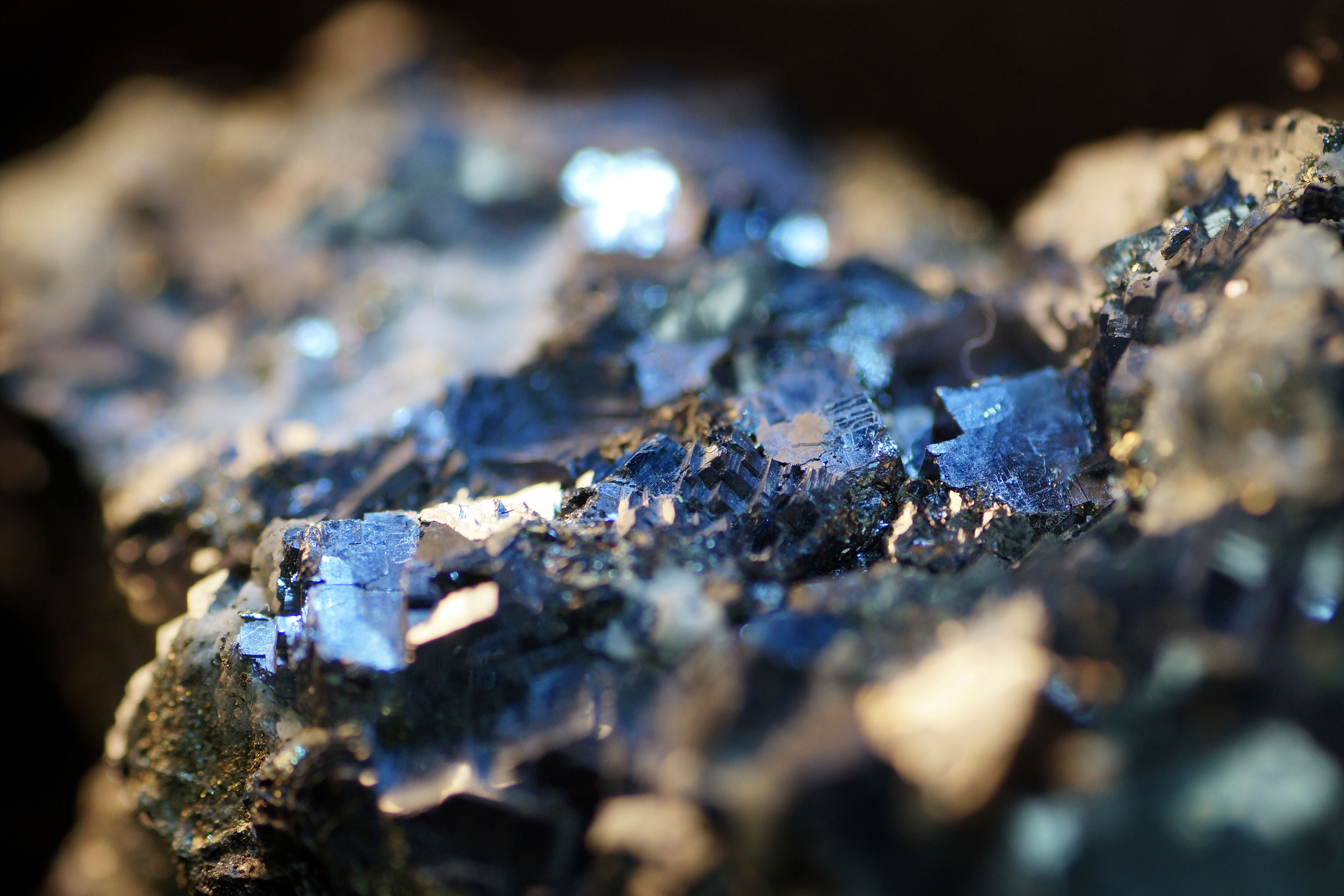EY refers to the global organization, and may refer to one or more, of the member firms of Ernst & Young Global Limited, each of which is a separate legal entity. Ernst & Young Global Limited, a UK company limited by guarantee, does not provide services to clients.

Canada’s mining and metals industry is well positioned to lead the way on the low-carbon economy.
In Brief
- Mining and metals industry players that work together now have the potential to truly lead decarbonization in Canada and beyond.
- Upstream and downstream collaboration are critical to decarbonization.
- Cross-sector collaboration, communication and engagement are key to making progress now.
Canada’s mining and metals industry has the opportunity to emerge as a superpower in a low-carbon world by supplying critical minerals in a whole new way. That said, getting there will require upstream and downstream stakeholders to drive changes in the industry and adopt a new approach. How?
1. Cut down the time it takes to progress from exploration to first ore.
Besides water, materials that can’t be farmed must be mined. The trouble is, it takes far too long for Canadian producers to progress from early-stage exploration to first ore.
What can fuel an ambitious and more proactive timeline? Supportive legislation and regulation, in addition to mindset changes from other stakeholders when it comes to critical minerals. For example, we should approach “critical” in a new way by refreshing local, provincial and federal laws to help speed up the time to market — empowering producers here to take up even greater space on the global stage.
As industries strive to decarbonize and evolve for the better, Canadian-produced minerals can swiftly unlock the progress we need. Transforming permitting timelines and other regulations can help us get there sooner.
2. Embrace collaboration as an absolute necessity.
Stakeholders in and beyond mining and metals stand to gain a great deal from embracing a more collaborative way of operating. Infrastructure represents an excellent example, abounding with potential. Across the industry, stakeholders lack adequate infrastructure to support mines, mills and production plants.
We know that logistical infrastructure can be shared effectively among upstream and downstream stakeholders. What we’re missing is the investment capital to get that infrastructure built. In the last year alone, $271 billion was invested in electric vehicles.1 That includes huge sums poured specifically into the mining and production of batteries. Still, we see little progress in Canada on the infrastructure front.
Pull back that lens a little more and we uncover additional ways stakeholders at every stage of the value chain can collaborate to fuel progress. Consider LG Energy Solution and Honda Motor Company. In 2022, these entities established a game-changing, $4.4 billion venture company to produce lithium-ion batteries in the US.2 In the months since, Reuters cites industry observers have found the world’s top automakers plan to spend nearly $1.2 trillion developing millions of electric vehicles — along with the batteries and raw materials to support that production — through 2030.3 We must rethink traditional models and identify additional ways to drive this kind of collaborative approach here in Canada. That’s how we can strive to achieve our full potential in mining and metals and beyond.
3. Communicate the commitment to circularity more clearly than ever before.
From coast to coast, mining and metals players are already doing a great deal to cultivate a lower-carbon future. These companies already have the tools and mechanisms required to set leading environmental, social and governance (ESG) practices, and in many cases they’re already delivering on this front. The challenge lies in getting that message out and engaging future generations in its promise.
In many ways, the industry itself is serving as its own bottleneck on this front. By building bridges with the wider community, producers can make a positive impact on the planet, meet evolving regulatory requirements and bring stakeholders on board to help generate additional progress. For instance, building broader social awareness of decarbonization efforts and circularity can encourage fresh talent to consider building a career in mining and metals. This talent pipeline will only become increasingly important in the years ahead.
True, too, for building greater understanding of the importance of metals and minerals, and the multitude of ways what’s mined can — and already does — support a low-carbon future. Canadian producers that share this message loudly and clearly can take up greater space on the global stage.
Summary
Canada’s mining and metals industry is well positioned to lead the way on the low-carbon economy. Doing so will require the ecosystem of the value chain to embrace a disruptive path forward and boldly change the game. That means supporting a faster time to market, enabling and embracing collaboration beyond the production of minerals, and engaging better with stakeholders and communities through their lens.
Related articles
How copper miners can meet long-term demand
Copper supply is lagging increased demand, even as it has a crucial role to play in the energy transition.
Critical minerals supply and demand challenges mining companies face
An intense focus on reducing carbon emissions is driving increased electrification around the world. Read more.
How EY can help





